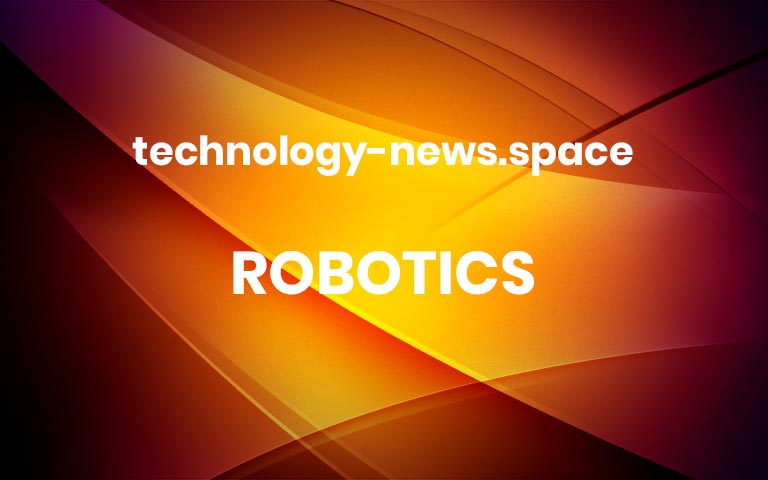Apple / Elyse Betters Picaro / ZDNETApple is launching a new version of its annual Replay playlist called Replay All Time. Interestingly, instead of only tracking the tunes you’ve streamed most in the past calendar year, it goes all the way back to when you first subscribed. Also: iOS 26 just solved one of my biggest pain points with Apple MusicSo, if you’ve been an Apple Music user since the service first launched, you should see a consolidated view of your decade-long listening habits. The timing is no coincidence: Apple Music is now 10 years old. Replay All Time is here to celebrate that milestone — by giving die-hard fans a deep data dive as well as a nostalgic trip through every era of their Apple Music journey to date. How to find your Replay All Time playlist Subscribers can stream their Replay All Time playlist right from the Home tab in Apple Music. Just open the latest version of the Apple Music app, tap Home at the bottom (or side), and scroll until you spot Replay All Time. Once you see it, tap it, and then you can hit Listen to your Playlist to start streaming your decade’s most-played tracks. Also: How to use the viral AutoMix feature on iOS 26 (and which iPhone models support it)Want to save it for later? Tap the ••• menu in the top-right corner and choose Add to Library (or Add to a Playlist). Once it’s in your library, Replay All Time works like any other playlist: You can shuffle the songs, view play counts, and share it with friends. Spotify Wrapped, who? Apple Music Replay is Apple’s answer to Spotify Wrapped — the annual heavyweight that drops every December since 2016 with shareable, story-style recaps of your year’s top streams. YouTube Music, Tidal, and Deezer all offer their own annual recaps, but none pack a full decade into a single playlist like Replay All Time now does. More


